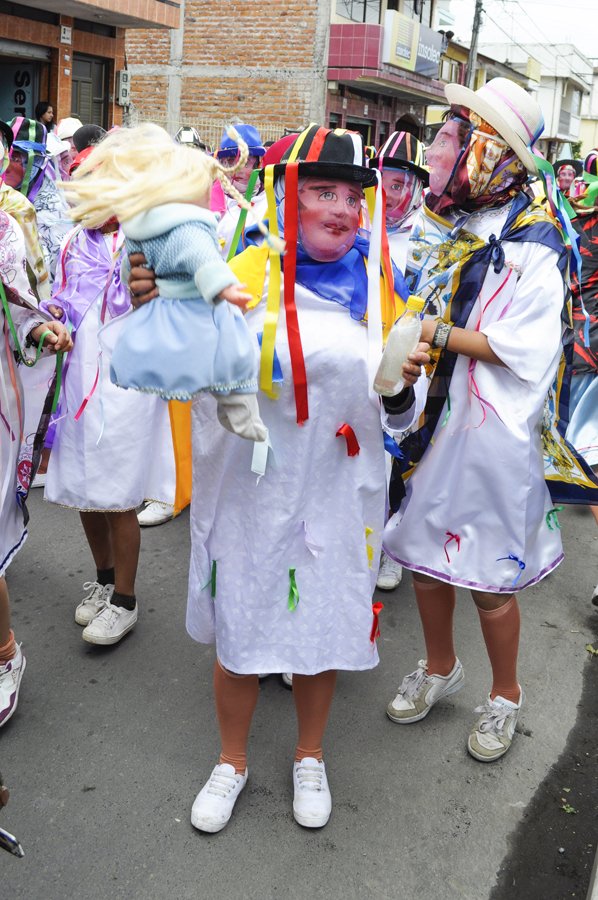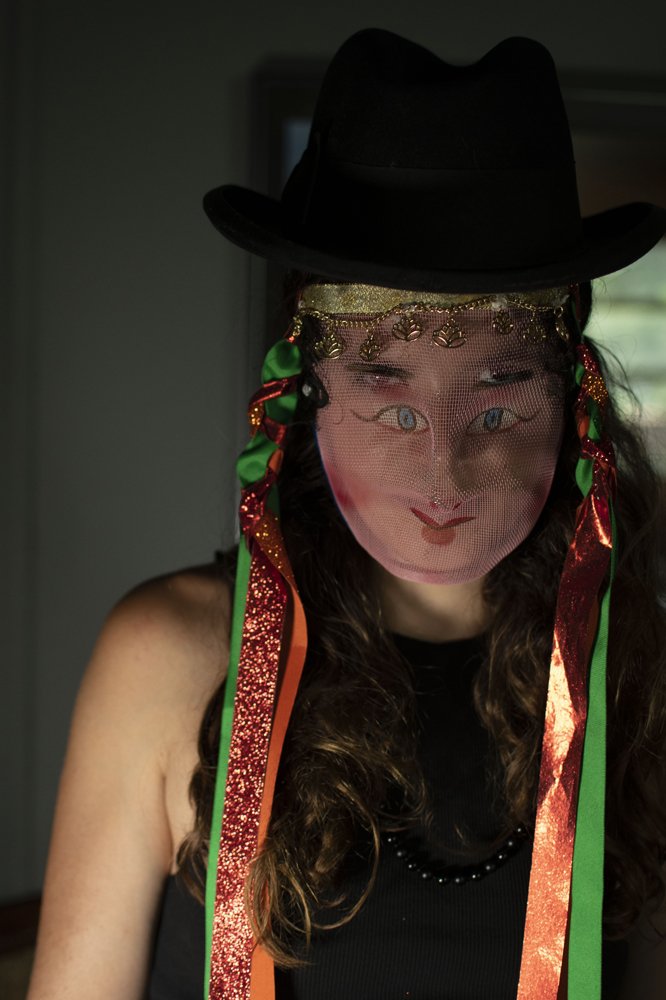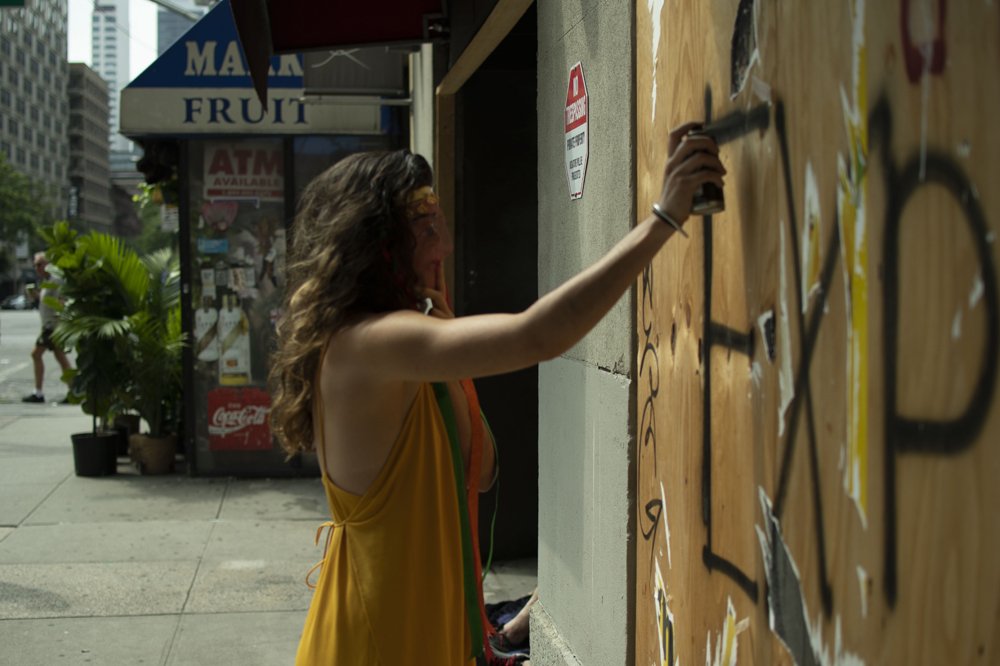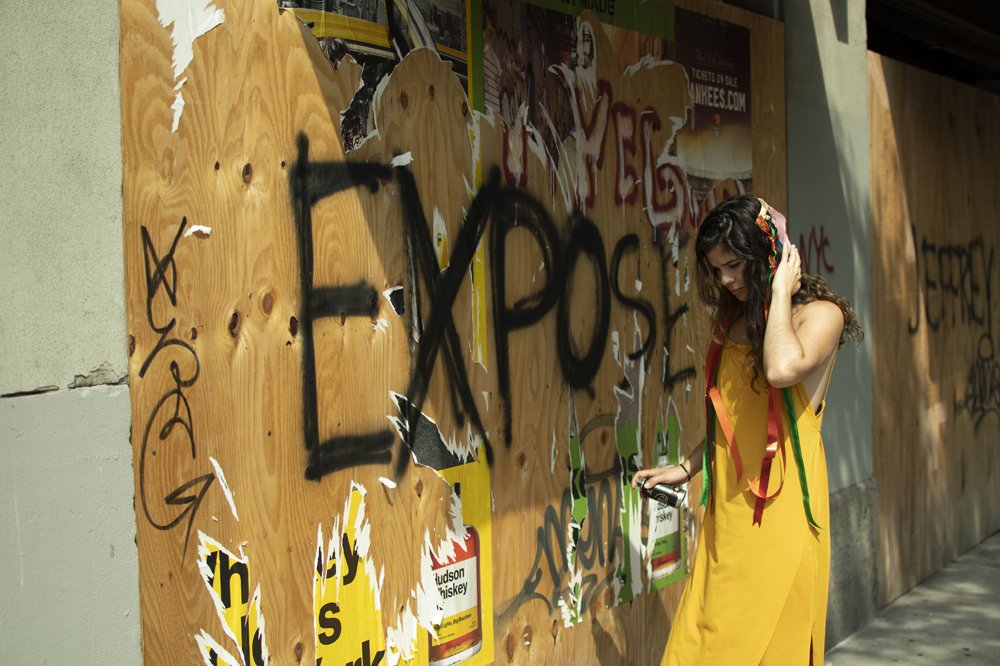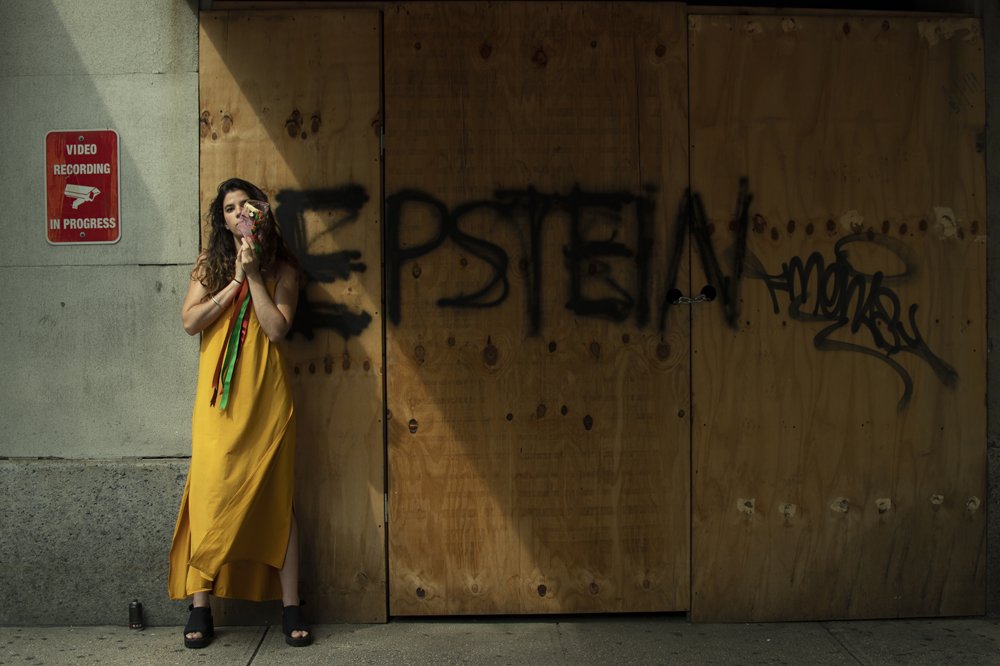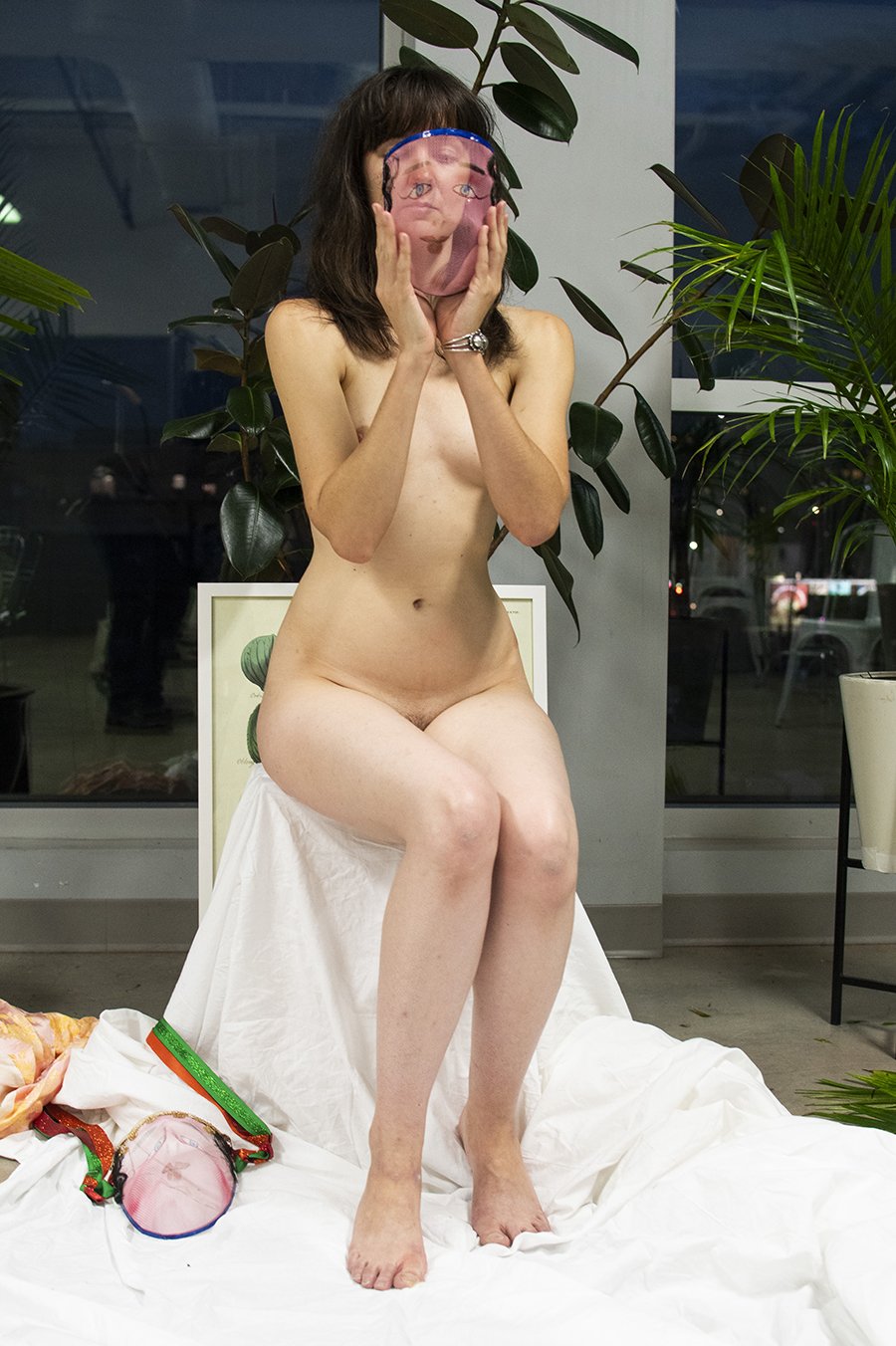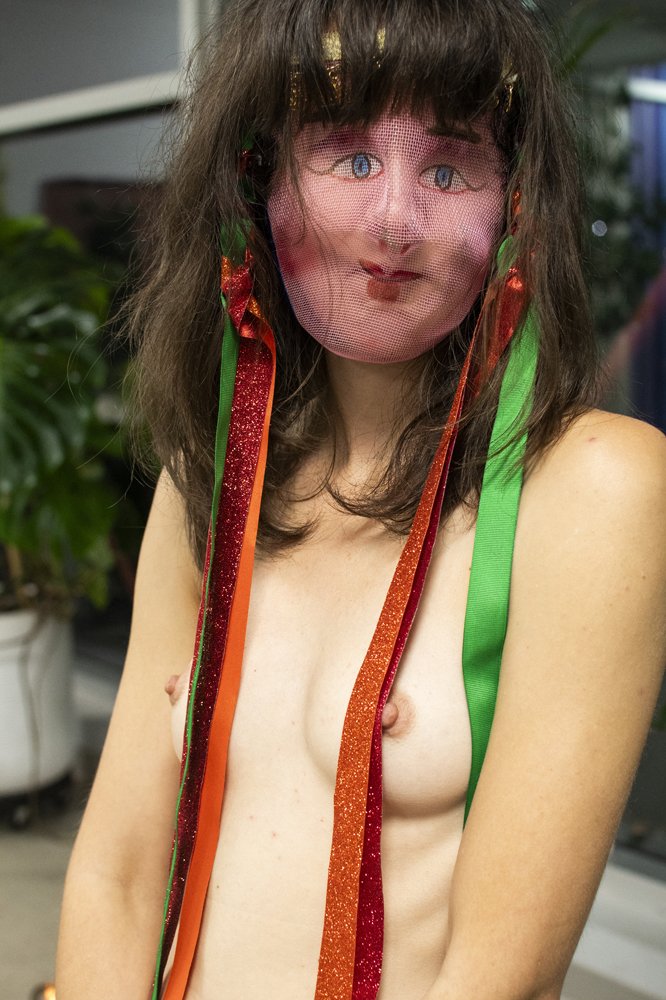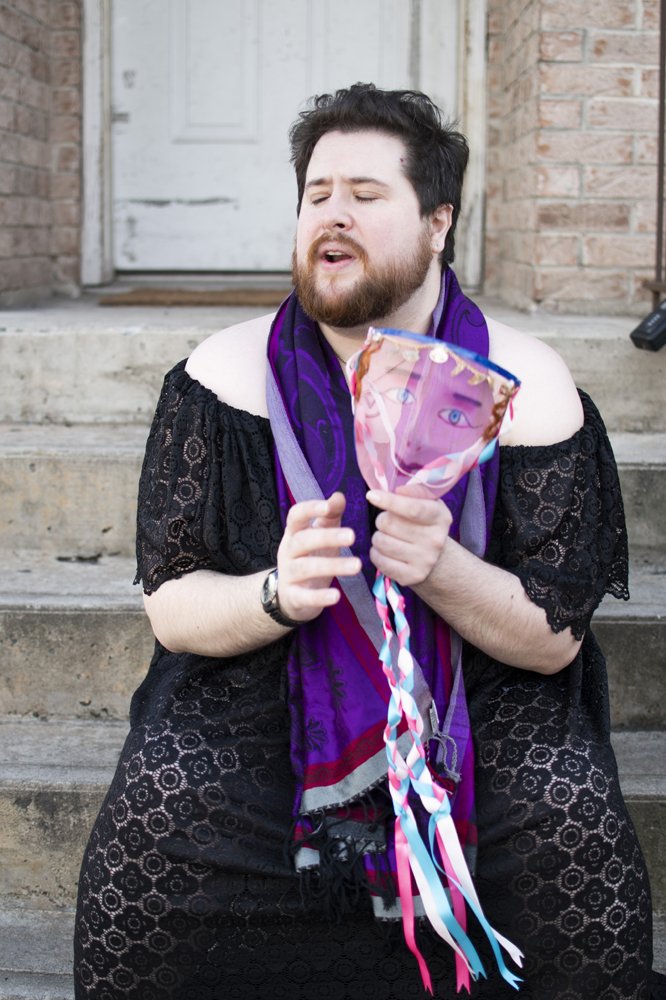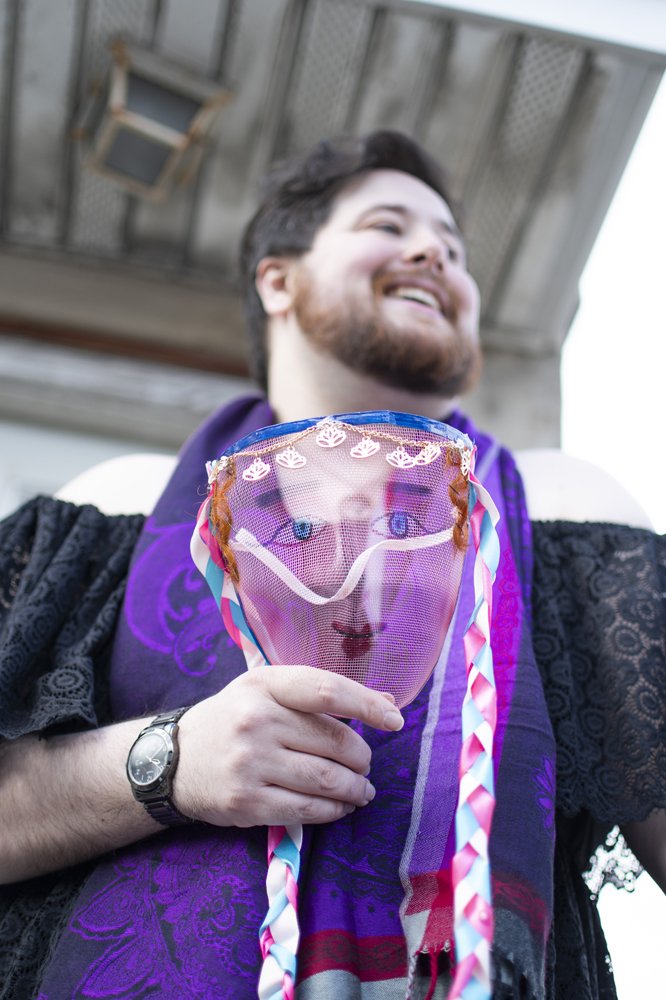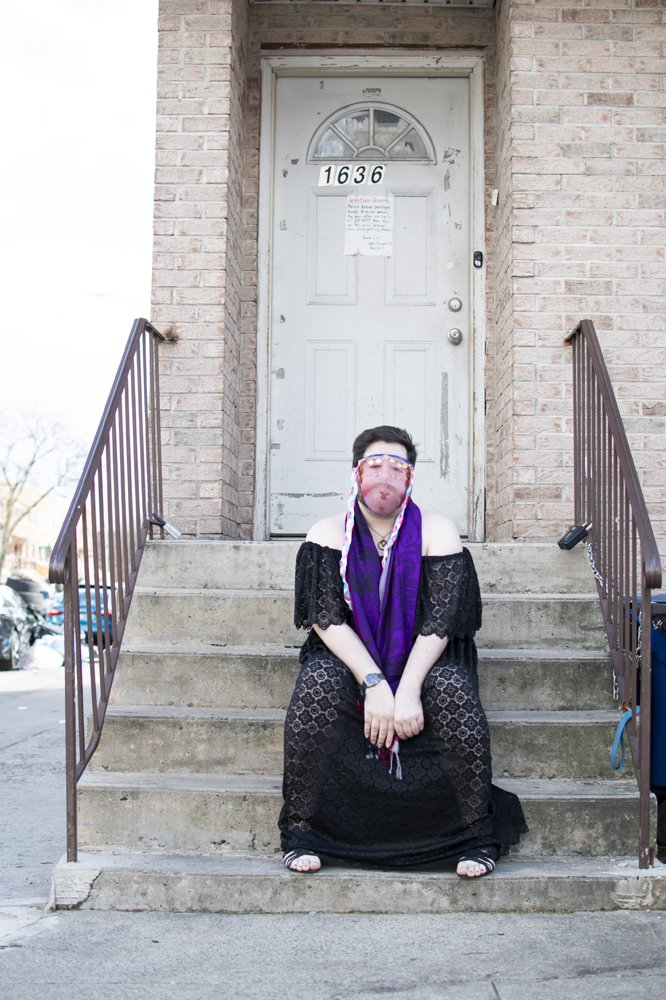GUARICHAS
Is a photographic project that documents the particular way that each person express their own freedom, rebellion and struggle, which are manifested through personality, art, profession, personal stories or even the way to live.
“Guaricha” is a term that was used by pre-Hispanic cultures in some areas of South America, mainly in the areas of Ecuador and Colombia, Guaricha comes from the word “Huarich,” which means woman but due to various factors, its meaning has changed radically over the centuries.
Here I have collected some of its definitions from various sources:
Wise woman
Rebellious and strong woman
Warrior and brave woman
Woman who accompanies soldiers into battle
Woman who accompanies the soldiers to wash, iron, cook and satisfy their sexual desires
Very young woman
Young and single indigenous woman
Young and sensual woman
Indomitable woman
Butch
Uncomplicated and Bohemian woman
Woman who likes to party
Sassy and ordinary woman
Libertine woman
Prostitute
Easy woman
Witch
She Devil
What is a Guaricha?
Guarichas were the women who advised the Caciques (kings in Latin America) on government issues. These women had high political positions for their wisdom and feminine perspective. Another meaning was warrior princess daughter of a king, warrior woman.
Later, with the arrival of the Catholic Church in Latin America, when they saw that women had equality and power, they enslaved them as they had all indigenous people. The Guarichas were treated like witches, abused, and discredited, and over time, the term Guaricha was appropriated and distorted. With the time it became a name for the women who assisted the soldiers washing, ironing, and cooking—which were jobs exclusively for low-class women—as well as women forced into performing sexual favors.
On the other hand, during the hundreds of years that the revolution for freedom lasted, there were women who bravely joined the fight with their boyfriends or husbands, calling themselves Guarichas. Some were in combat, while others obtained funds for the revolts, transported parcels and served as couriers, having a major role to achieve the liberation of many towns.
Throughout history, many famous women and political leaders in Latin America have called themselves Guarichas to express their rebellion and struggle.
How does the character of La Guaricha and her mask emerge?
Although exact information about the Las Guarichas mesh masks is scarce, most of the data I have gotten is based on La Diablada de Píllaro since it is the most popular in Ecuador and with which I began to feel interest in this character.
During the hundreds of years of rebellion there were many protests on the part of the indigenous and mixed race people against the Catholic Church and The Colonization. Over the years these protest were represented in the form of celebrations, which are still a part of the traditions of Latin American culture.
La Diablada de PIllaro is a festival that is more than a hundred years old and is celebrated from January 1 to 6 each year and is intangible cultural heritage of Ecuador, It is a parade where people dress up as Devils, Guarichas and other characters to dance in the streets of center of the city. This celebration is full of culture, gastronomy, liquor, music and dance.
There are several versions of the beginning of this tradition, such as that the indigenous slaves made their masks to protest the abuse of the bosses, others that it was an act of rebellion against the Catholic Church. Also People from the sector say that the parents of the young girls dressed up as Hell to scare away his daughters' suitors.
So the Guarichas character and her mask is the representation of women with liberal attitudes, who seek to leave the house to protest drinking and dancing with the devil.
The Guarichas are part of several celebrations in Ecuador and their masks are used by other characters in Latin American culture, even in Nicaragua they were used by armed political groups.
The mask is made of fine metal mesh, molded to give the shape of a nose and eyebrows, and painted pink with red cheeks and red lips. This material makes it possible to see the face of the person who is wearing the mask, so theatrically the Guarichas have this mysticism “I wear a mask but you can still see who I am.”
The Guaricha is a woman character, but can be represented by a person of any gender identity. The character is depicted as being very happy, and only cares about enjoying life by going out to dance and drink in parades while encouraging the people around her to join.
Why do I do this project?
The guaricha was something very familiar to me. Since I was little, my family took me to popular festivals where I always saw the Guarichas dancing and wearing that mask.
I always wondered why they are using this mask that is so simple in construction an material yn front of other mask that has more color and deteils. Later, over time, I was fascinated to discover that something so simple has a great story and meaning behind it.
I moved from Ecuador to New York five years ago, and this project is a way for me to stay connected to my culture and unite where I come from, where I am, and what surrounds me. It is a way to explore and portray how folks feel, live and think.
Guarichas from Diablada, Pillaro - Ecuador 2012
Katelyn
¨I feel close to the concept and embodiment of the Guaricha - I am a wild woman, and these Guarichas are wild women. They are not victims. They are vicious. They are unapologetic, light/dark, and connected with something universal. They held real influence and power, which explains why the establishment assassinated their character, began spreading lies about them, and demanded they do tasks and "favors" as a means of belittlement. Women have much more rights and power today, especially in the West, but this concept still parallels today's society. Anyone who can be a call to action, shine a light, and empower people is a threat, yet these Guarichas continued to go into battle, and that takes courage. I assume that energy and hold it with me, as we all must continue to go into battle and maintain a sense of courage to expose the truth and hardships in our current reality.¨




